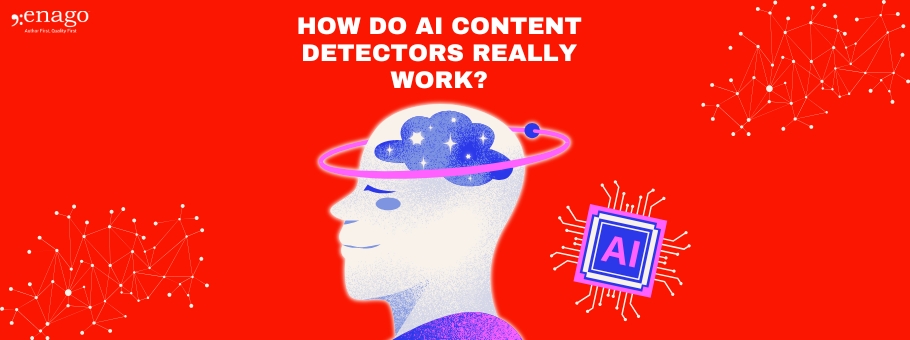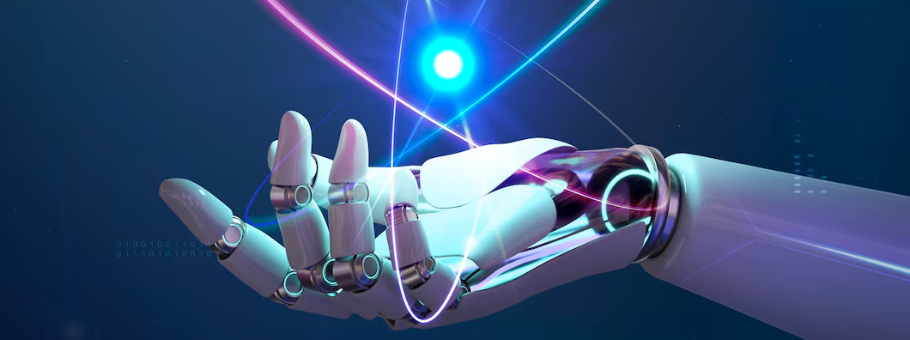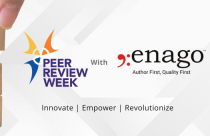How Do AI Content Detectors Work

As artificial intelligence (AI) continues to shape various aspects of modern life, AI content detectors have emerged as critical tools for maintaining academic integrity and enhancing content authenticity. These innovative technologies assess whether specific pieces of text, images, or videos are generated by AI systems or human authors. Understanding the mechanics behind these detectors is not just an academic curiosity; it is imperative for researchers, educators, students, and institutions striving to navigate the complexities introduced by AI-generated content.
Understanding AI Content Detection
The primary function of AI content detectors is to differentiate between human-generated content and that produced by AI. However, the reliability of these tools remains a significant concern. A recent 2023 study assessing 14 commonly used detection tools, such as Turnitin and GPTZero, found that none could achieve an accuracy rate exceeding 80%; only five managed to exceed 70%. Such findings highlight the importance of a discerning approach, emphasizing the necessity of careful evaluation before relying on these tools.
How Detection Tools Operate
- Statistical Analysis: By evaluating the statistical characteristics of written content—like word patterns and sentence structures—detectors can identify differences that often exist between human and AI outputs. For example, AI-generated text may exhibit more repetitive language patterns or uniform sentence length.
- Machine Learning Models: Many detectors leverage machine learning algorithms trained on vast datasets that include both human and AI-generated texts. These algorithms learn to spot patterns indicative of AI authorship, effectively refining their detection capabilities over time. For instance, language models such as OpenAI’s GPT-3 can produce outputs that closely resemble human writing, making differentiation challenging.
- Natural Language Processing (NLP): Advanced NLP technologies allow detectors to dive deeper into the intricacies of human language, enabling them to assess not just the text’s surface structure but also its semantics, syntax, and context. This depth of analysis is crucial for accurately distinguishing between human and AI authorship.
Reliability Challenges in AI Detectors
- False Positives: This issue occurs when authentic human-written content is erroneously classified as AI-generated. While Turnitin claims a false positive rate of less than 1%, various studies indicate that these rates could soar to 50%, leading to potentially severe academic consequences, including unwarranted accusations of cheating.
- False Negatives: In contrast, false negatives arise when AI-generated content goes undetected, especially if the text closely mimics human writing. Though these instances are less harmful to academic integrity, they signify an ongoing risk as AI capabilities continue to evolve.
- Cultural and Linguistic Bias: Research has shown that AI detectors may struggle with texts produced by non-native English speakers or individuals from neurodiverse backgrounds, incorrectly classifying them as AI-generated due to language idiosyncrasies or style variations.
Balancing Integrity and Technology in Academia
Contextual Awareness of Detection Tools
- Recognizing Limitations: It is crucial for academic professionals to understand the limitations associated with AI content detectors. Overreliance on these tools can lead to misunderstandings and unjust repercussions for students or authors.
- Emphasizing Manual Review: To complement automated findings, a thorough manual analysis is vital. Context, author intent, and specific content nuances must be considered to form a well-rounded assessment.
Shaping Educational Policies
Many educational institutions are developing policies concerning AI-generated content, informed by experiences from various campuses. Some have opted to discontinue using unproven detection methods. The emphasis is on integrating reliable practices that encourage authentic learning experiences while ensuring adherence to academic integrity.
Best Tools for AI Content Detection
As the academic world increasingly integrates AI content detectors, familiarity with the best available tools is vital for ensuring reliability and effectiveness. Alongside established detectors like Turnitin and GPTZero, newer tools such as Trinka and Enago’s AI Content Detector tools are gaining notable recognition.
- Trinka: A free AI Content Detector that analyzes text to identify patterns typically associated with language model–generated content, such as those produced by ChatGPT, Gemini, or Bing. The detector evaluates linguistic cues, consistency, and probability-based patterns to determine the likelihood of AI authorship.
Originally developed as a writing assistant for academic and technical content, Trinka applies its language analysis capabilities to both content enhancement and AI detection. Its academic orientation means the tool is particularly focused on identifying issues in formal writing, making it relevant for researchers and educators concerned with originality.
- Enago: Enago provides a free AI Content Detector. Known primarily for its academic editing and proofreading services, Enago applies its expertise in language quality and manuscript assessment to the detection of AI-generated content. Its approach emphasizes clarity, citation integrity, and adherence to formal writing standards—key areas where AI-written text may deviate from human-authored work.
Practical Tips for Effective Detection
- Leverage Multiple Tools: Employ a variety of detection tools to increase the likelihood of accurately identifying AI-generated content. Each tool has its strengths and weaknesses, so leveraging several increases reliability.
- Remain Informed: Continually educate yourself about advancements in AI detection technologies, as this field evolves rapidly. Staying updated on recent developments can provide insights into the most effective methodologies.
- Implement Regular Training: Conduct workshops for faculty, students, and researchers to familiarize them with the operation of these detection tools, emphasizing interpretation of results and understanding limitations.
Conclusion
Navigating the intersection of technology and academia through the lens of AI content detection requires diligence, awareness, and adaptability. While these tools show promise in bolstering academic integrity, their challenges necessitate a careful and informed approach. Academic professionals must remain vigilant, consistently reevaluating the capabilities of these detection tools and advocating for practices that emphasize fairness and accuracy.
As discussions surrounding AI technology’s role in academia evolve, institutions must acknowledge and address the implications of these tools. Consider how your organization will confront these challenges and what proactive measures will uphold integrity in academic writing. Engage with these vital questions as you reflect on the future of AI and its influence in your field, and implement practical solutions that align with best practices in research and education. By embracing a comprehensive understanding of AI content detectors and recognizing their limitations, academia can leverage technology’s strengths while maintaining the integrity that underpins scholarly work.








